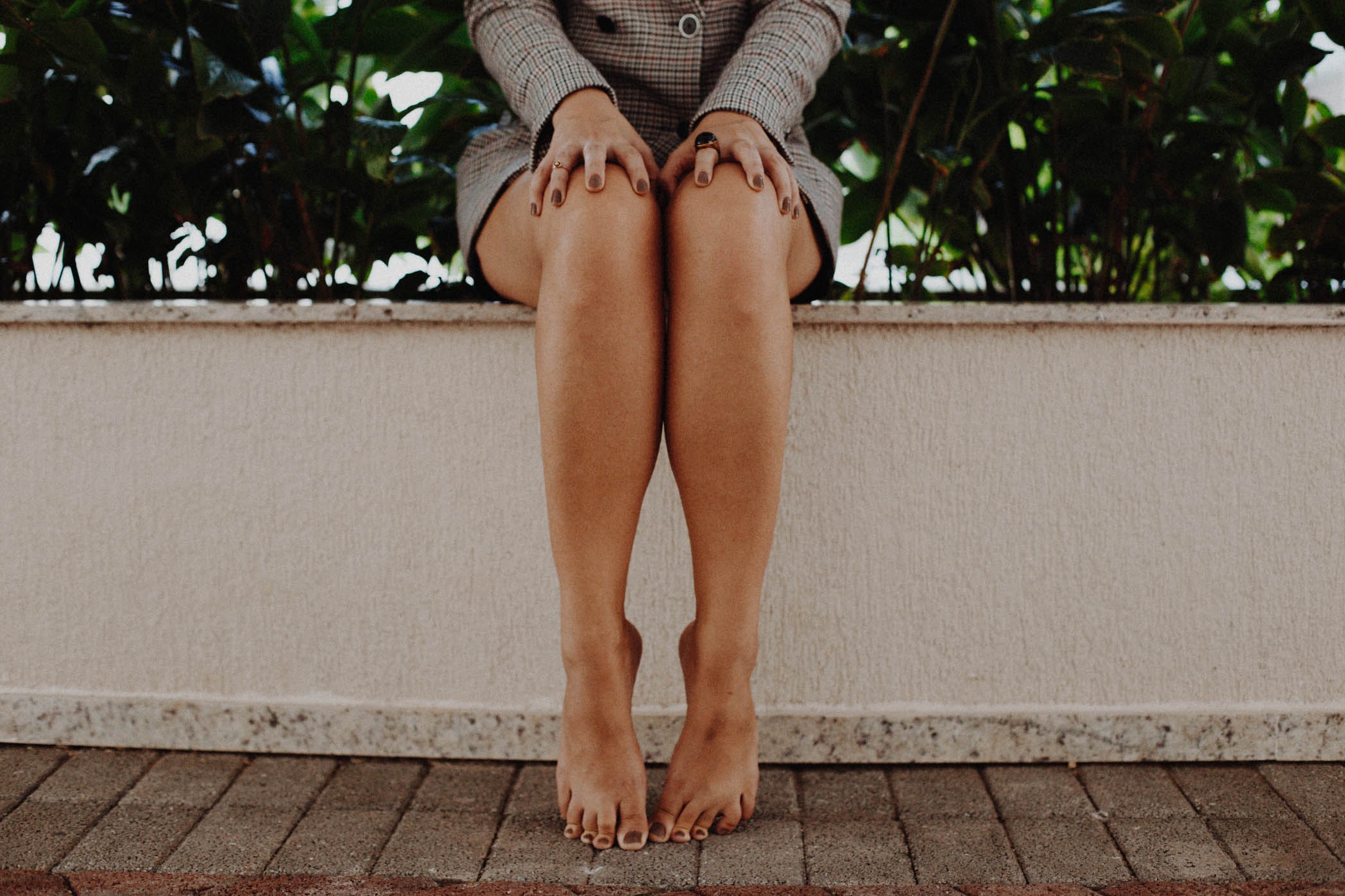Complications from Varicose Veins
Varicose veins are large, twisted, clustered visible veins. They commonly appear in the legs and lower body because of gravity and blood pooling. Unlike arteries, vein walls do not contract to push blood flow back through the lower body and to the heart. Venous circulation involves the use of muscles and one-way valves to move blood in the right direction.
Different factors can affect returning blood flow from the lower body producing effects similar to a traffic jam. Faulty valves can cause blood to travel in two directions causing congestion and stretching of venous tissue. As we age, tissues in the veins are not as supple and elastic.
Sedentary lifestyles function as double-edged swords for people with varicose veins. The pelvic angle has a constricting effect. In addition, crossing the legs at the knees, and inactivity lessen the muscle contractions needed to keep the blood flowing.
Without treatment and lifestyle changes, varicose veins may lead to more severe illnesses and complications, potentially compromising other organs.
Swelling and Inflammation
As blood continues to pool in the legs, the resistance encountered against vein walls pushes water content into adjacent tissues. This results in swelling, particularly around the lower legs, feet, and ankles. Fluid consistency is felt upon pressing the skin around the affected area. Indentations, known as pitting, are seen for seconds after release. Fluid weight and pressure on surrounding tissues and nerve endings lead to pain, fatigue, and leg heaviness. Swelling also occurs with circulatory disorders and heart failure. Fluctuations in weight of more than a couple of pounds within a short period indicate additional fluid retention.
Sores, Ulcers, and Eczema
As fluid continues to build within the veins and tissues, pressure is exerted under the skin. Fluid then begins seeping from the surface. The continued moisture eventually leads to irritation or eczema. The skin will become itchy, scaly, and red. Blisters may also form and rupture leading to sores. Excess moisture causes the tissues to breakdown forming ulcers. Continued exposure and lack of circulation will eventually lead to skin death around the affected areas. Illnesses, which compromise circulation, such as Diabetes and vascular diseases, increase the speed at which tissue damage and infection occurs.
Bleeding and Bruising
Superficial varicose veins, termed spider veins, hold a fair amount of excess blood. Small cuts, bumps, and scrapes lead to excessive bleeding and bruising. The delicate skin surrounding these areas are also more prone to injuries. Poor circulation can slow the time they take to heal and create a portal for infection. Dilated capillaries can also spontaneously burst and lead to bruising and blood pockets under the skin.
Hard Discolored Skin
Prolonged fluid build-up and swelling cause the skin to take on a drum-like appearance. The area becomes hardened and dark discolorations occur. Areas most commonly affected include the calves and ankles. The condition becomes painful and may impair walking.
Blood Clots
Stagnated blood in the veins leads to blood clots, which can block oxygen and vital nutrients from reaching other cells and tissues. This results in pain, loss of feeling, impaired function, and tissue death. Surgery is required to restore circulation, and amputation is used as a last resort. Blood clots located in deep veins can become dislodged. Once this happens, they can become lodged in other areas of the body affecting major organs. Clots lodging in the lungs, heart, and brain may lead to a heart attack, respiratory failure, stroke, and sudden death. Life-threatening complications are a rare occurrence. Painful enlarged calves are a telltale symptom, and the pain worsens when the foot is flexed.
Phlebitis
Inflammation within the vein, itself, is known as phlebitis. Varicose veins are a likely culprit of the condition. Phlebitis is very painful and occurs with or without clotting. Heat and streaking accompany the inflammatory response. Untreated, infection can spread into the blood traveling to the kidneys and other organs. Once the infection becomes widespread, the condition is known as sepsis.
Poor Circulation
More blood trapped in the veins means there is less blood available to carry life-giving nutrients to other tissues. The heart works harder to feed hungry organs leading to fatigue. Leg heaviness contributes to feeling like you are in slow motion. Varicose veins are also associated with obesity and sedentary lifestyles, further contributing to sluggishness. This creates a vicious cycle in which the symptoms feed the condition.
Varicose veins do not only affect your appearance. Complications can affect your quality of life, health, mobility, and vital functions. Strategies to alleviate associated symptoms include modifications in diet, exercise, rest, clothing, and unhealthy lifestyle choices. Treatments range from minimally invasive laser surgery, radiologic intervention, and saline injections to surgical procedures, such as ligating and stripping the veins. More invasive procedures are usually reserved for persons experiencing symptoms or complications.



